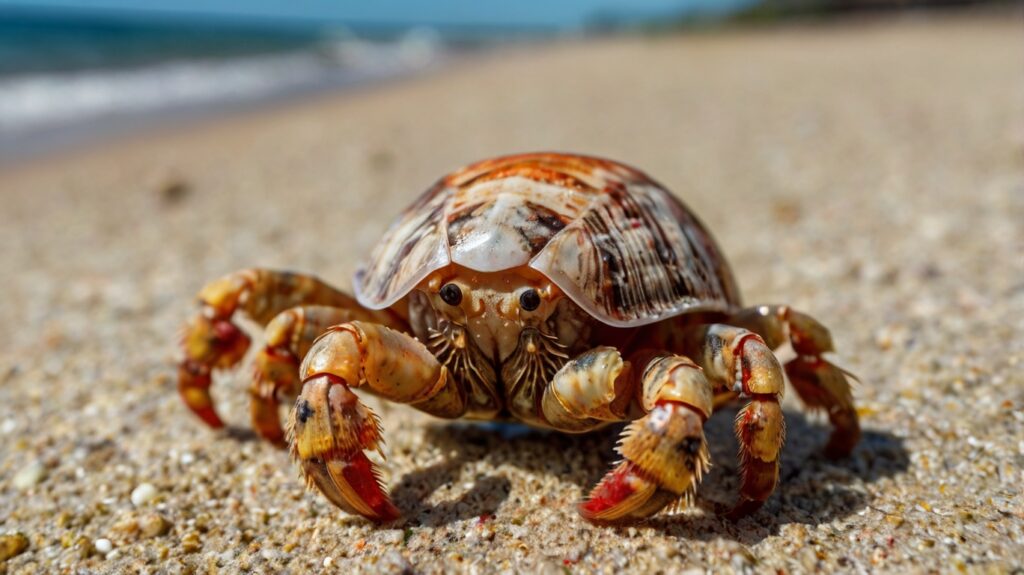Table of Contents
- Introduction
- Why Hermit Crabs Make Great Pets
- Setting Up a Hermit Crab Habitat
- Hermit Crab Diet and Nutrition
- Hermit Crab Behavior and Social Needs
- Common Health Issues and Care Tips
- Frequently Asked Questions (FAQs)
- Conclusion
Introduction
Hermit crabs are fascinating, low-maintenance pets that offer both entertainment and educational value. Unlike traditional pets, these small crustaceans exhibit unique behaviors, such as changing shells and social interactions, making them ideal for curious pet owners. This guide explores why hermit crabs are great pets, how to care for them, and essential tips for maintaining their health.

Why Hermit Crabs Make Great Pets
Hermit crabs are popular due to their:
- Low maintenance – They require less attention than dogs or cats.
- Educational value – Observing their shell-swapping habits teaches kids about marine life.
- Long lifespan – With proper care, they can live for several years.
- Social nature – They thrive in groups, making them interactive pets.
Setting Up a Hermit Crab Habitat
A proper habitat ensures your hermit crab stays healthy:
- Tank size: Minimum 10 gallons for 2-3 crabs.
- Substrate: Sand and coconut fiber mix for burrowing.
- Humidity & temperature: 70-80°F with 70-80% humidity.
- Shells: Provide extra shells for growth.
- Hiding spots: Use caves or plants for security.
Hermit Crab Diet and Nutrition
Hermit crabs are omnivores and enjoy:
- Proteins: Fish, shrimp, boiled eggs.
- Fruits & veggies: Apples, bananas, carrots.
- Calcium sources: Cuttlebone or crushed eggshells.
- Avoid: Salt, spices, and processed foods.
Hermit Crab Behavior and Social Needs
- Shell swapping: They change shells as they grow.
- Nocturnal activity: Most active at night.
- Social creatures: Prefer living in pairs or small groups.
- Molting: They shed their exoskeleton periodically.
Common Health Issues and Care Tips
- Stress signs: Lethargy, loss of limbs.
- Shell issues: Inadequate shells lead to deformities.
- Mites: Keep the tank clean to prevent infestations.
- Dehydration: Maintain proper humidity levels.
Frequently Asked Questions (FAQs)
1. How long do hermit crabs live?
With proper care, they can live 5-15 years.
2. Can hermit crabs live alone?
They prefer company; keeping at least two is ideal.
3. Do hermit crabs need a heat lamp?
A heat mat or low-wattage lamp helps maintain temperature.
4. How often do hermit crabs change shells?
They switch shells as they grow, sometimes frequently.
5. Are hermit crabs good pets for kids?
Yes, but adult supervision ensures proper handling.
Conclusion
Hermit crabs are unique, educational, and engaging pets perfect for families and beginners. By providing the right habitat, diet, and social environment, you can ensure they thrive. Whether you’re a first-time owner or an enthusiast, hermit crabs offer a rewarding pet-keeping experience.
